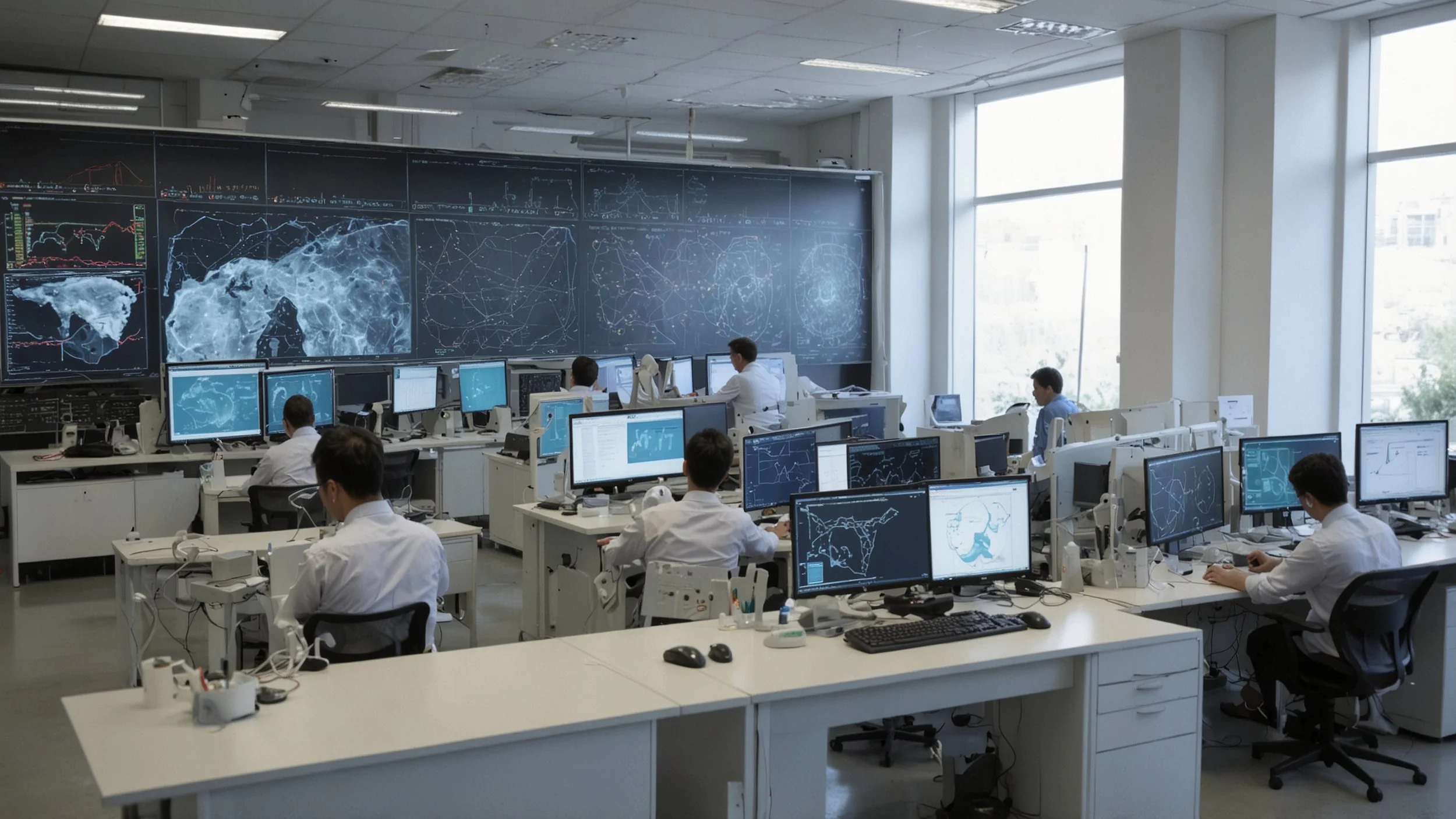Futuristic Challenges Facing Reasoning-Based AI Models
Artificial intelligence has transformed the way we interact with technology, especially in the field of thinking and solving complicated problems. However, a recent study by Epoch AI shows concerns regarding the future expandability of these models. Despite staggering progress, there are technical and financial constraints that may hinder this rapid advancement.
The difference between reasoning models and traditional learning
In contrast to conventional machine learning systems, reasoning-based models are designed to emulate human thinking ability. Initially, these models are trained with large volumes of data and then enhanced using reinforcement learning techniques. One outstanding model is OpenAI's o3, which has demonstrated remarkable advances in mathematical benchmarks and code generation due to reinforcement learning methods.
Current limitations in the reinforcement learning stage.
The Epoch AI report highlights a trend in the field of reinforcement learning, where the demand for resources is increasing considerably.
Models such as o3 require ten times more computational power compared to previous models during the reinforcement learning stage.
This increase in demand for resources underscores a transition towards improving and optimizing the effectiveness of reinforced learning algorithms.
However, the increased need for resources also poses a potential challenge due to current limitations in the availability of computing power.
The increasing demand for computational capacity could result in a bottleneck for the development and effective implementation of these advanced models.
This scenario reflects the urgent need for innovation in technological infrastructure to support sustainable growth in the field of artificial intelligence.
Possible implications and search for alternatives
If thinking models fail to keep up, this could impact numerous applications, from autonomous agents to sophisticated decision making systems. This implies that the efficiency and responsiveness of these applications could decrease significantly, affecting their overall performance.
Impact on applications: Declining quality of thinking models could affect applications from virtual personal assistants to automated systems in critical industries such as healthcare and automotive.
High costs: The expenses required for high-level technological development may exceed the financial capacity of smaller companies, limiting their participation in this advanced technological area.
Business demotivation: Lack of economic resources can discourage smaller companies from investing in the development of these technologies, reducing innovation and diversity in the market.
AI community alternatives: Researchers are focusing on methods such as more efficient training algorithms and mixed models to overcome these limitations and maintain progress in the field.
More efficient algorithms: These algorithms seek to optimize training processes to reduce costs while maintaining or improving the quality of the generated models.
Mixed models: Combine different approaches and technologies to create more robust and versatile systems that can adapt to different scenarios and needs.
Continuous advancement: Ongoing research and development in this field is crucial to ensure that artificial intelligence technologies continue to progress and benefit various industrial and service sectors.
The TechCrunch article provides a balanced view on the present situation and future direction of reasoning-based AI models. Despite the challenges, the article emphasizes optimistic caution as the community seeks novel solutions to overcome present obstacles, focusing on efficiency and integration with other technologies. This updated approach promises to foster Artificial Intelligence toward more detailed progress.






